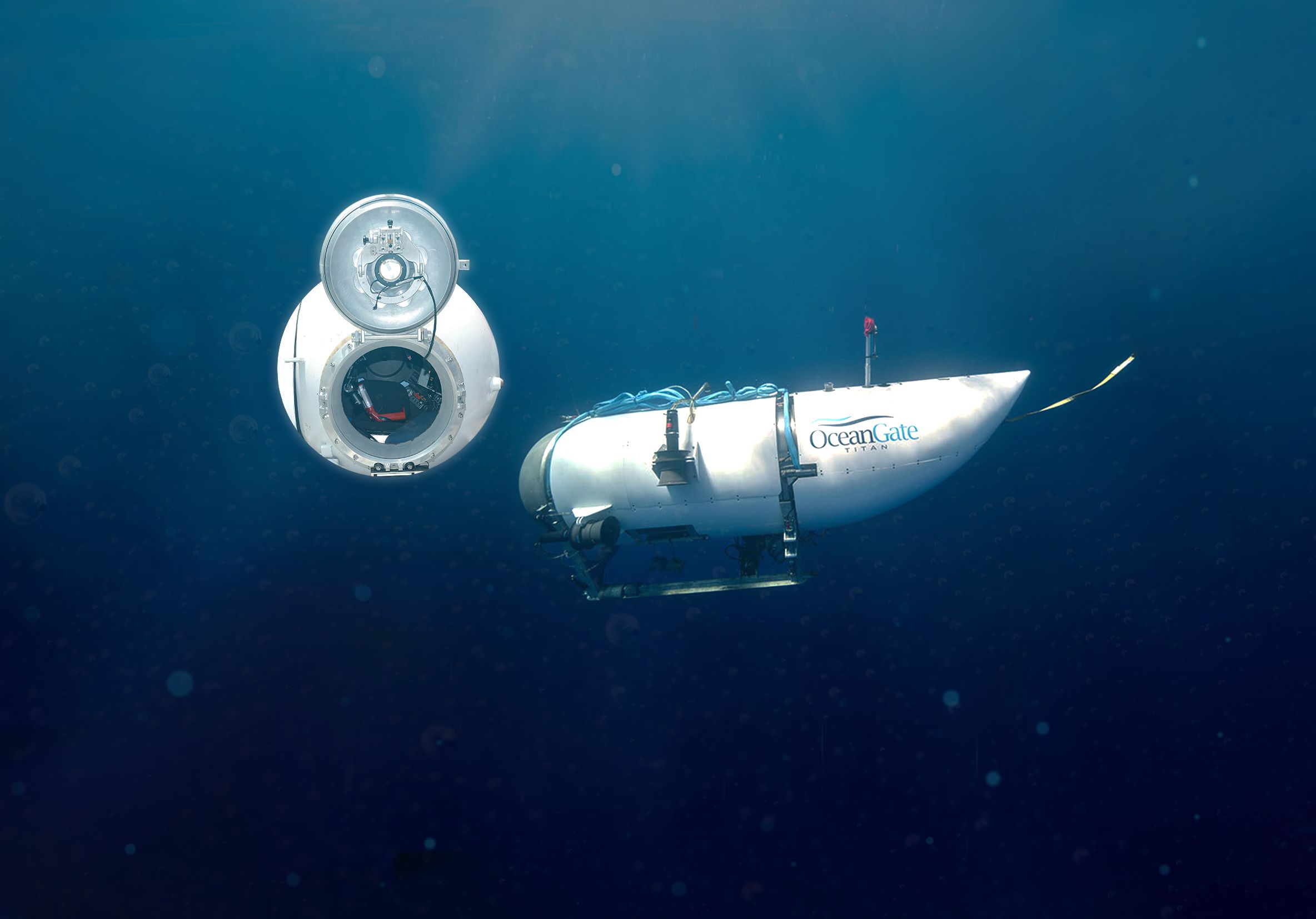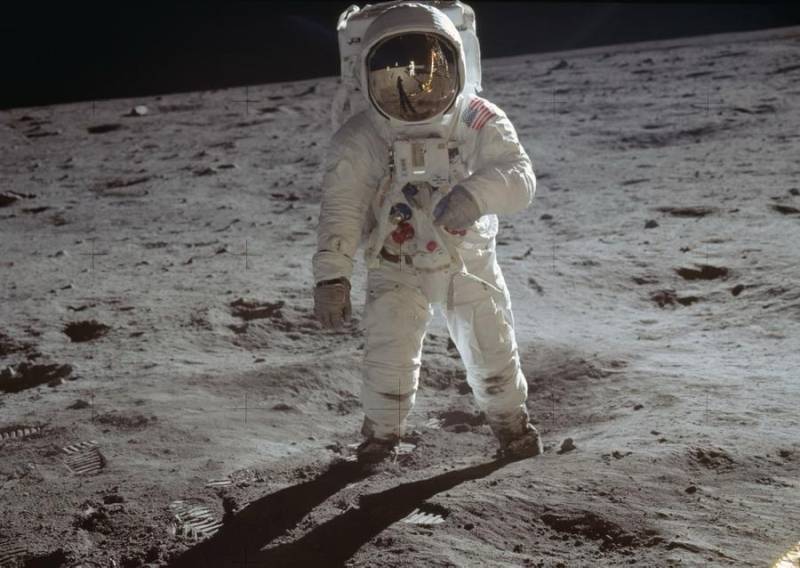The Netflix documentary Titan: The OceanGate Disaster, which premiered on June 11, 2025, delivers an in‑depth, chilling retelling of the Titan submersible implosion that claimed five lives—including OceanGate CEO Stockton Rush—during a 2023 expedition to the Titanic wreck. Directed by investigative filmmaker Mark Monroe, the film serves as both a sobering account of human ambition and a glaring warning about unchecked engineering risks. The documentary blends harrowing audio from the vessel’s final moments with behind‑the‑scenes testimonies from former OceanGate insiders, such as marine operations head David Lochridge and chief engineer Tony Nissen. Both whistleblowers sold a narrative of repeated safety warnings, allegedly ignored by Rush, culminating in catastrophic failure. Emotional testimony from Lochridge in a 2018 meeting—where he argued Titan should be tethered and thoroughly certified—is juxtaposed with Rush’s dismissive statement, “This is how we're doing it. Period”.
Read Also: The Troubled Brain : Ageing and Dementia

Critical moments are brought to life through shocking test‑dive audio. During an earlier mission in July 2022, Titan’s carbon‑fiber hull began cracking under pressure—a “loud acoustic event” picked up by onboard monitoring systems but ignored by leadership. This failure was the proverbial warning sign, yet the submersible was returned to service by 2023.
Monroe carefully constructs a portrait of a man seduced by his bravado. Rush appears on video dismissing safety protocols and challenging expert dissent, with archival footage of him smiling in test dives that echoed with ominous pops. Ex‑employees paint him as fame‑obsessed—“borderline psychopath,” in one blunt assessment—driven less by caution and more by a desire to break ground in deep-sea tourism. The film doesn’t stop with blame—it probes broader systemic failures. OceanGate’s refusal to obtain classification from independent bodies like Lloyd’s Register is exposed, highlighting a disturbing company culture that views regulations as obstacles rather than essential safeguards. That hubris echoes across the narrative: a millionaire CEO overruled seasoned engineers, resulting in a disaster ‘waiting to happen.’
In addition to insider interviews, Titan reconstructs the chilling audio of the implosion itself. Sixteen minutes after losing communication with support vessel Polar Prince, a “door‑slam” like thud was captured in underwater acoustic nets—an irreversible ending to the dive. The documentary ties this to the Coast Guard’s investigation, portraying unmistakable evidence that carbon‑fiber delamination had doomed the mission. Critics have praised the documentary’s comprehensive approach. The Financial Times awarded it four out of five stars for its meticulous unraveling of OceanGate’s internal chaos, while People magazine lauded its depiction of safety negligence and internal dissent. Nevertheless, some, like A.V. Club, have called out its lack of nuance, criticizing it for scapegoating Rush while glossing over wider cultural fascination with Titanic tourism.
Released at the Tribeca Film Festival in early June, the documentary arrives at a time when the Coast Guard, Transportation Safety Board of Canada, and U.S. Department of Justice continue to probe OceanGate’s practices. With attention now shifting toward accountability, these findings could inform future legal outcomes—and perhaps stop a similar tragedy. Titan: The OceanGate Disaster leaves viewers unsettled. It distills a chilling cautionary tale: an engineer’s dream turned nightmare, propelled by ego and blind resistance to scrutiny. The film underscores how innovation unsupported by proper safety culture can cost lives, a lesson often learned too late. With its blend of emotional testimony, investigative rigor, and startling audio, this documentary is essential viewing for anyone fascinated by the tension between human ambition and the unforgiving deep sea.
Uphorial.



